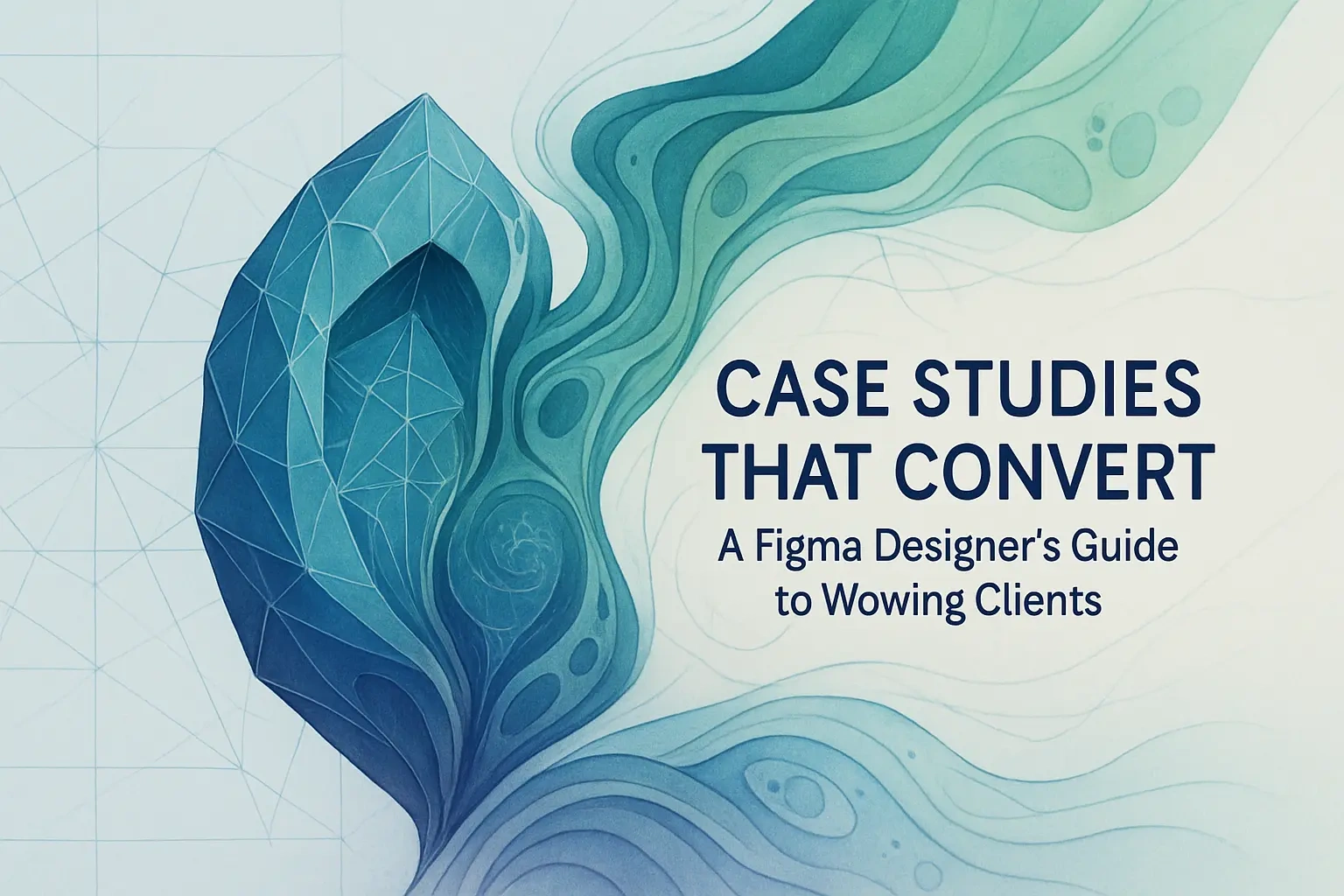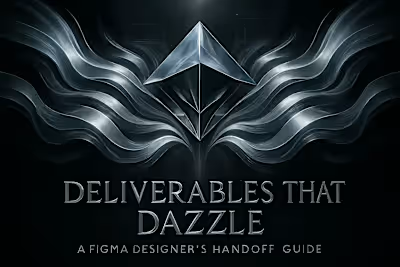Case Studies That Convert: A Figma Designer's Guide to Wowing Clients

Case Studies That Convert: A Figma Designer's Guide to Wowing Clients
The Anatomy of a High-Converting Case Study
The Problem: Setting the Stage
Your Role and Responsibilities
The Process: Showcasing Your Strategic Mind
The Solution: The Grand Reveal
Storytelling: How to Narrate Your Design Journey
Crafting a Compelling Narrative Arc
Using a Consistent and Professional Tone
Visualizing Your Process with Figma
From Low-Fidelity Sketches to High-Fidelity Mockups
Creating Interactive Prototypes
Using Visuals to Break Up Text
Measuring Success: Proving Your Impact
Identifying Key Performance Indicators (KPIs)
Gathering Quantitative and Qualitative Data
Presenting the Results
Common Mistakes to Avoid
Focusing on 'What' Instead of 'Why'
Writing a Wall of Text
Being Too Vague About the Outcome
References
Case Studies That Convert: A Figma Designer's Guide to Wowing Clients
The Anatomy of a High-Converting Case Study
The Problem: Setting the Stage
Your Role and Responsibilities
The Process: Showcasing Your Strategic Mind
The Solution: The Grand Reveal
Storytelling: How to Narrate Your Design Journey
Crafting a Compelling Narrative Arc
Using a Consistent and Professional Tone
Visualizing Your Process with Figma
From Low-Fidelity Sketches to High-Fidelity Mockups
Creating Interactive Prototypes
Using Visuals to Break Up Text
Measuring Success: Proving Your Impact
Identifying Key Performance Indicators (KPIs)
Gathering Quantitative and Qualitative Data
Presenting the Results
Common Mistakes to Avoid
Focusing on 'What' Instead of 'Why'
Writing a Wall of Text
Being Too Vague About the Outcome
References
Posted Jul 6, 2025
Learn how to craft compelling Figma design case studies that showcase your process, prove your value, and convert prospects into clients. Get started now!









